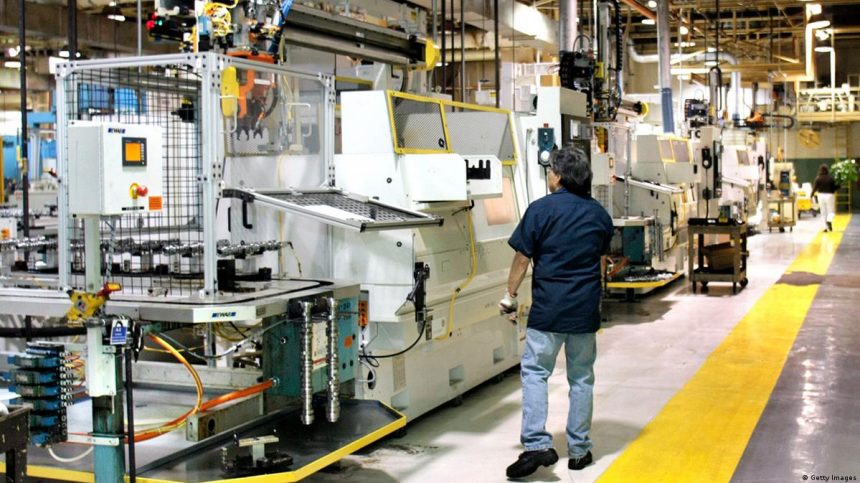The concluding phase of 2023 is indicating a deceleration in hiring, marking the slowest period in years for the U.S. labor market. Employers, following a period of robust expansion subsequent to the job losses incurred during the coronavirus pandemic, are presently exhibiting a restrained approach. Amid this, a few sectors, notably healthcare, are playing a pivotal role in sustaining the labor market and preventing an economic downturn that was widely apprehended a year ago.
As the November jobs report, slated for release on Friday morning, approaches, economists anticipate the creation of 190,000 new jobs, an increase from the 150,000 reported in October. Simultaneously, there is a focus on the unemployment rate, expected to remain at 3.9 percent, with vigilant observation for any shifts. Nick Bunker, Economic Research Director at Indeed, expressed concerns about the rising unemployment rate, considering it a potential warning sign.
While the unemployment rate had reached historic lows in April, resembling figures from the late 1960s, it has since risen by half a percentage point, with approximately 849,000 additional workers reporting unemployment. Economists contend that this softening is attributable to several factors, including increased labor market reentries and entries. Notably, a recent series of resolved strikes, particularly in the auto-manufacturing and entertainment industries, have contributed to creating some slack in the labor market.
The Federal Reserve’s interest rate hikes have also influenced the slowdown, aiming to curb inflation. Despite achieving its goal of easing demand in the labor market and moderating wage growth without catastrophic job losses, the full impact of the rate hikes remains uncertain.
Investors express optimism that the labor market softening will dissuade the Federal Reserve from further rate hikes, bolstering enthusiasm in financial markets. The upcoming jobs report assumes significance as it offers one of the final glimpses into the labor market before the Federal Reserve convenes on December 12 and 13 to deliberate on interest rate policies.
Despite the current slowdown, the U.S. labor market is, by most measures, as robust as or stronger than the pre-pandemic years marked by low unemployment and resilient job growth. The percentage of unemployed Americans has remained below 4 percent for nearly two years, indicative of a favorable market for workers. Layoffs have also remained low, according to the Labor Department’s job openings survey, despite isolated job losses in specific sectors such as finance, tech, and media.
Drew Matus, Chief Market Strategist at MetLife Investment Management, notes a shift in employer behavior, emphasizing a cautious approach in retaining workers despite subdued demand. Job openings have substantially declined from their peak in March 2022, signaling a departure from the hiring frenzy witnessed earlier.
While overall labor market conditions remain positive, scrutiny persists, especially in sectors like healthcare and education, which continue to buoy employment. Government, facing challenges in workforce attraction and retention since the pandemic, returned to pre-pandemic levels in October, aligning with private sector wage growth. Conversely, industries like retail, transportation and warehousing, and leisure and hospitality have experienced slower and inconsistent growth in hiring.
Despite moderated wage growth, which reached 4.1 percent over the previous 12 months in October, inflation has slowed, resulting in average hourly earnings outpacing price increases. This development enhances Americans’ spending power, providing encouragement for central bankers and contributing to positive outcomes for GDP growth and the overall economic landscape.















